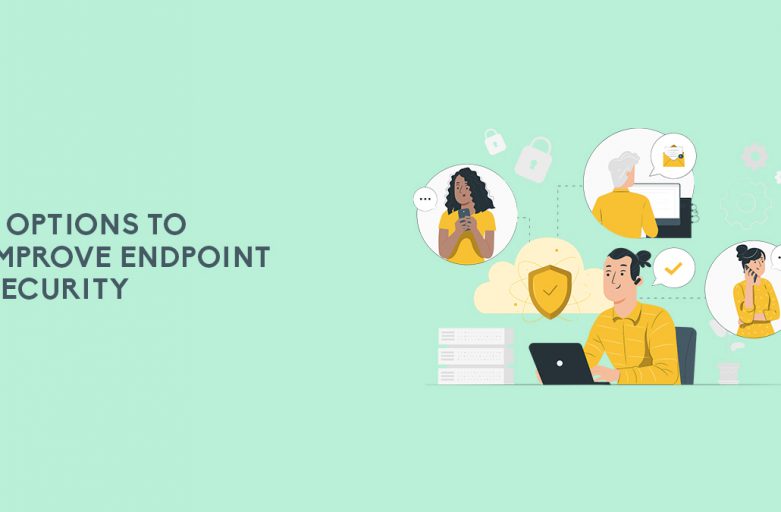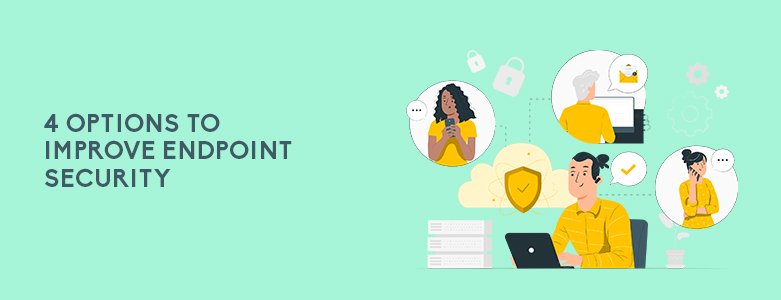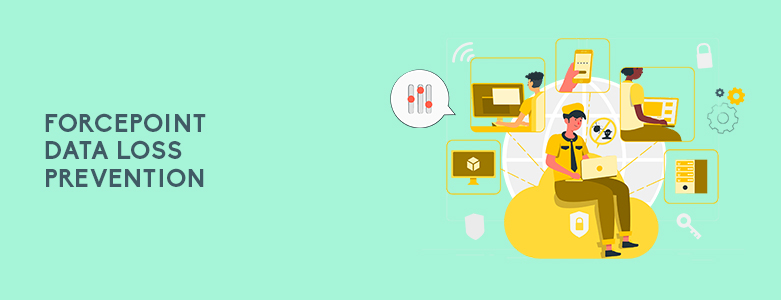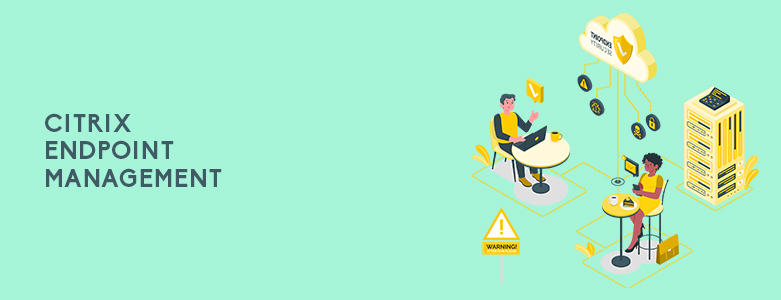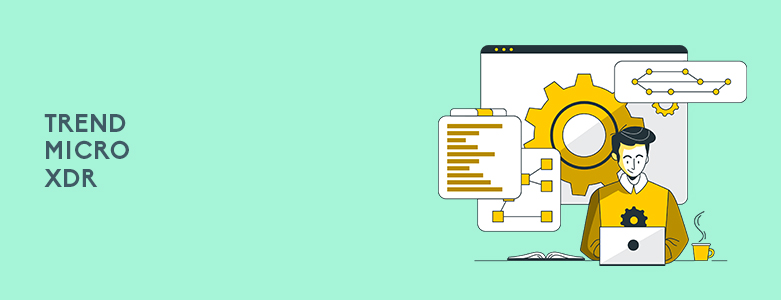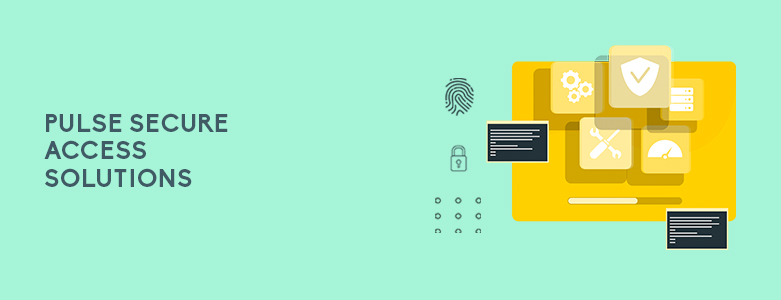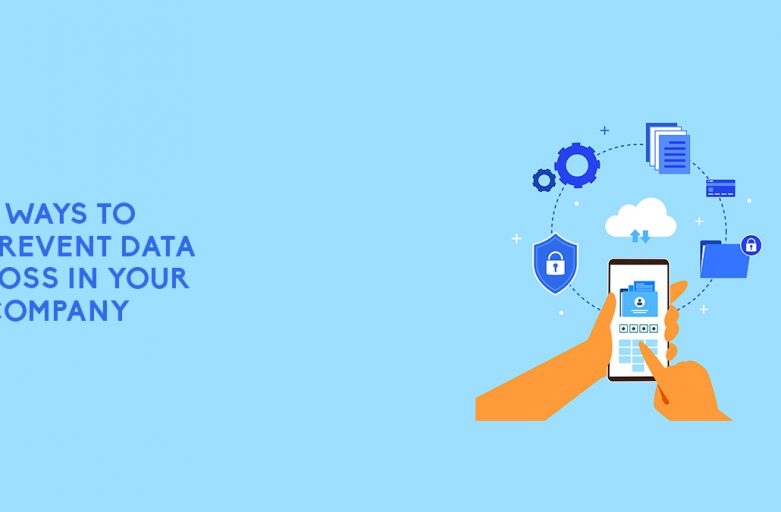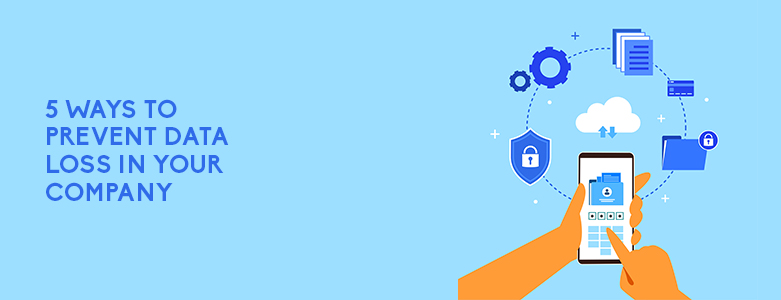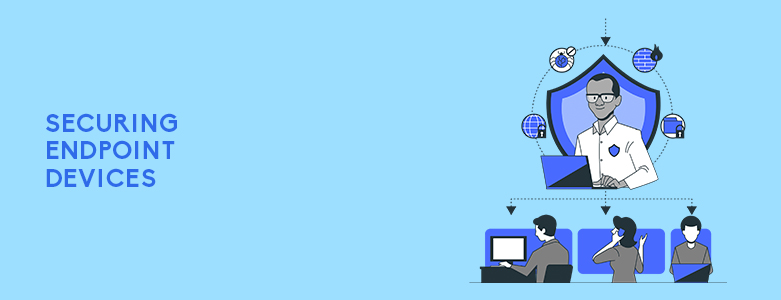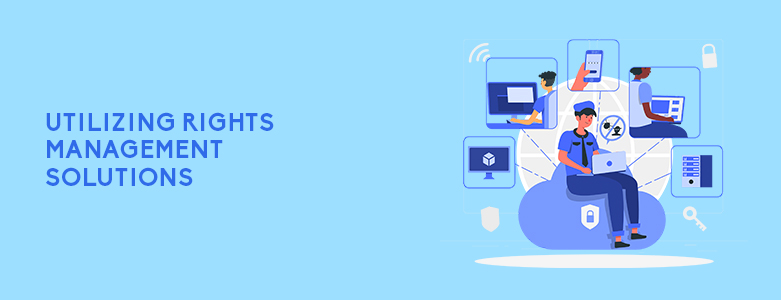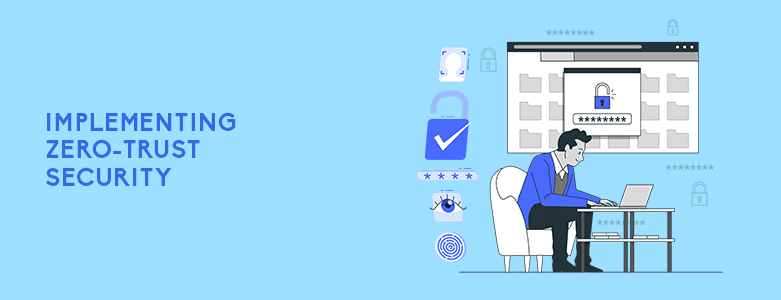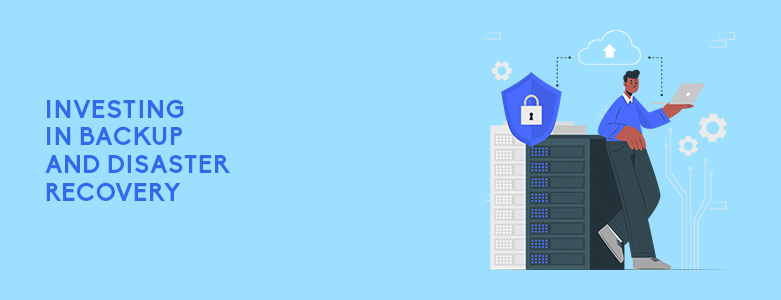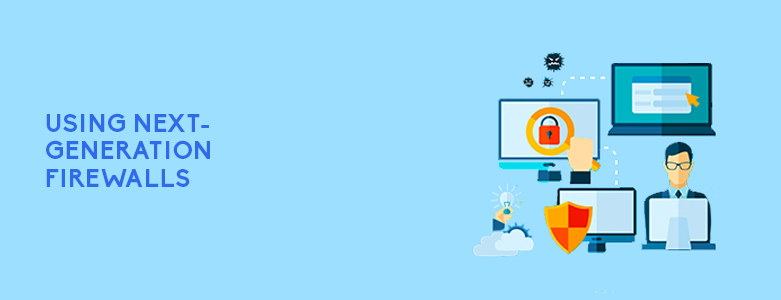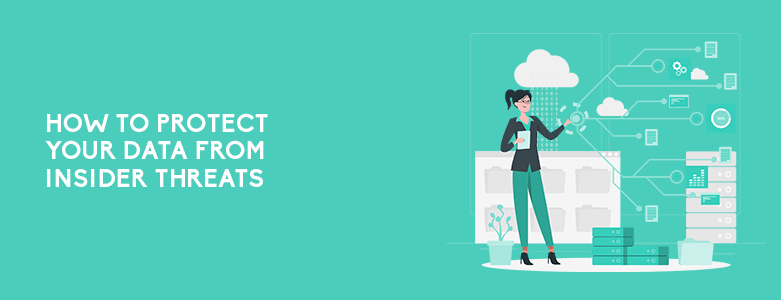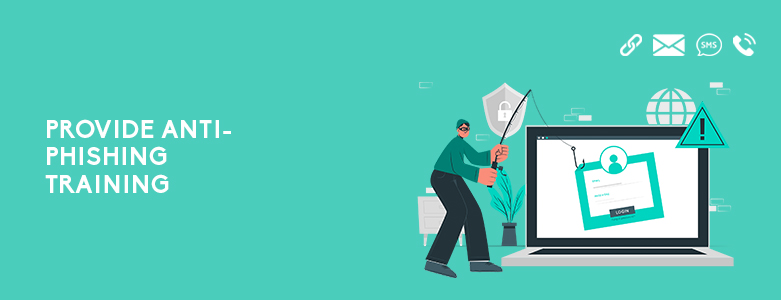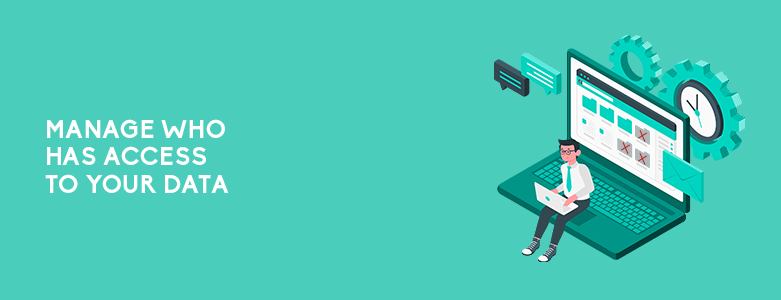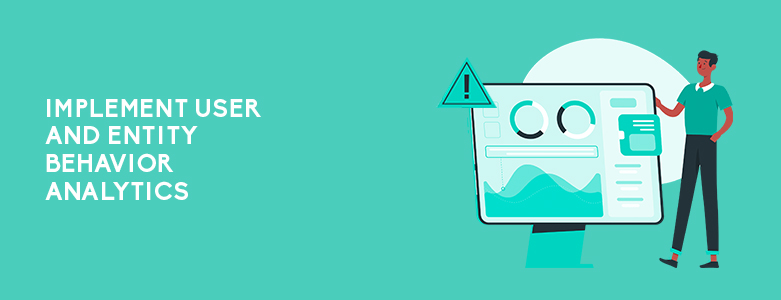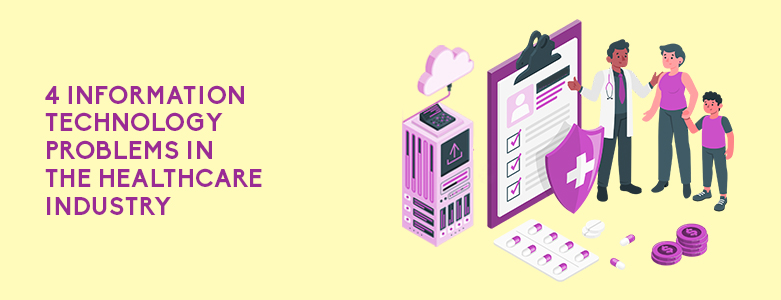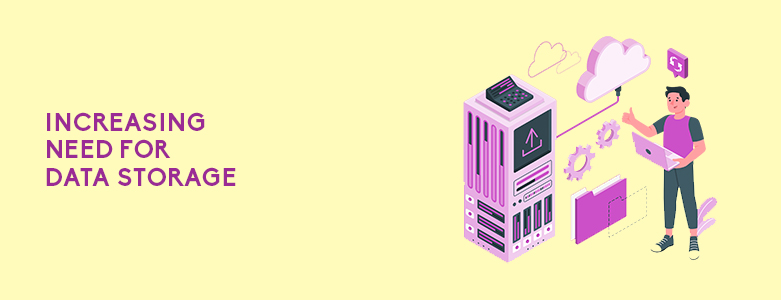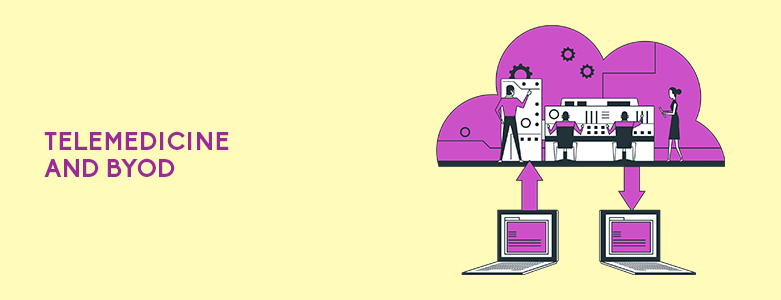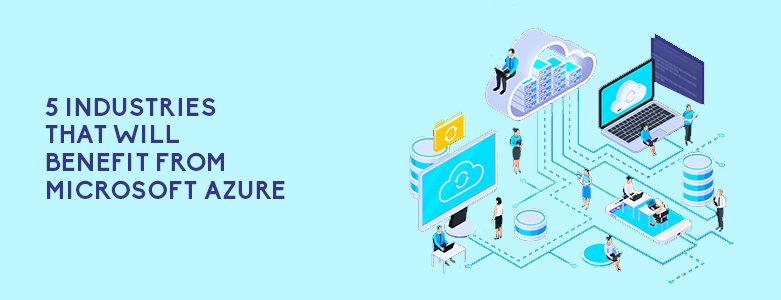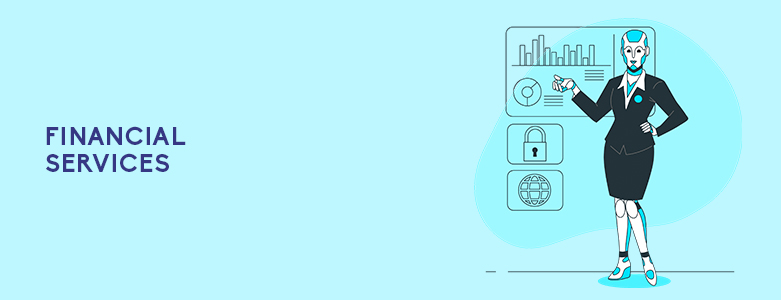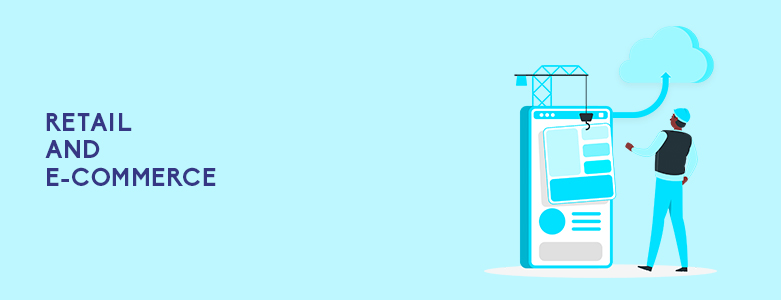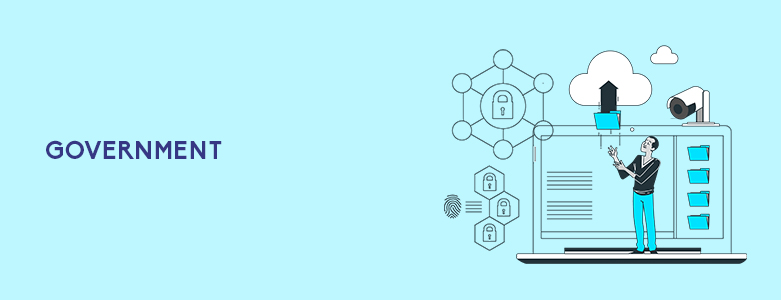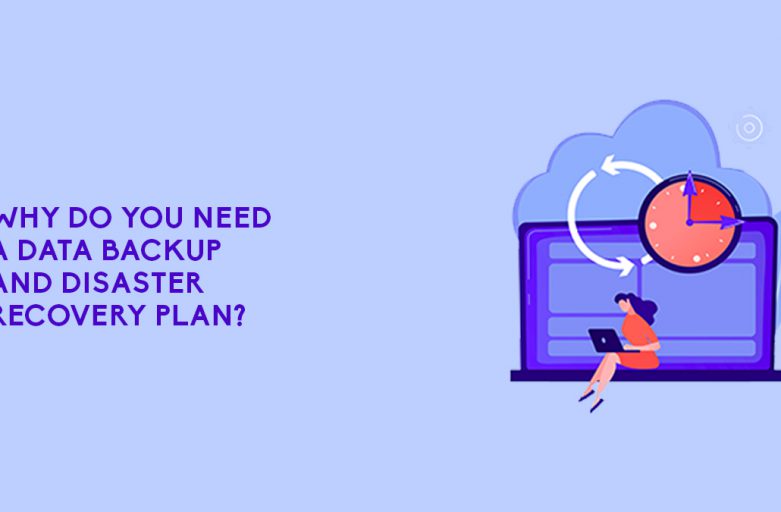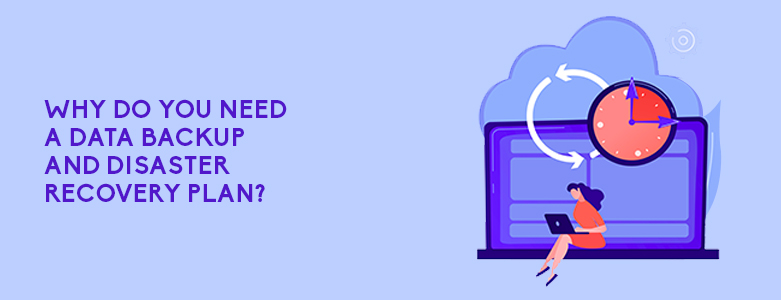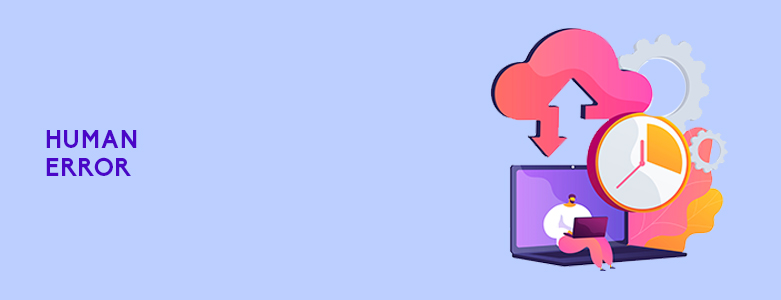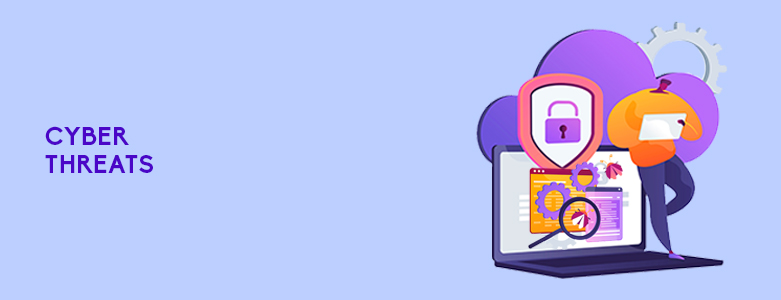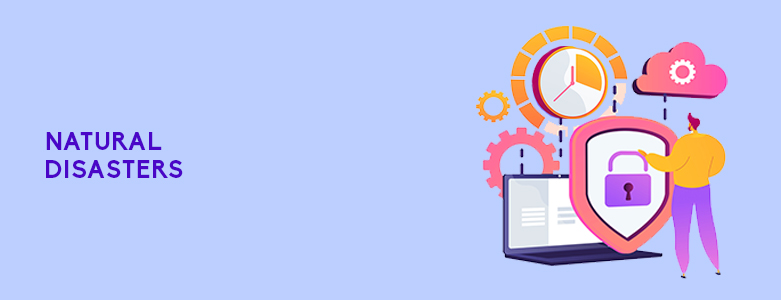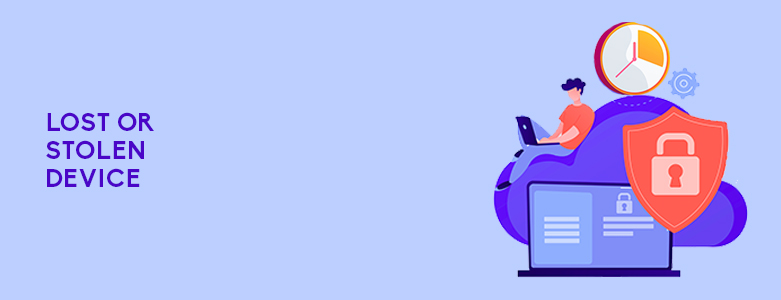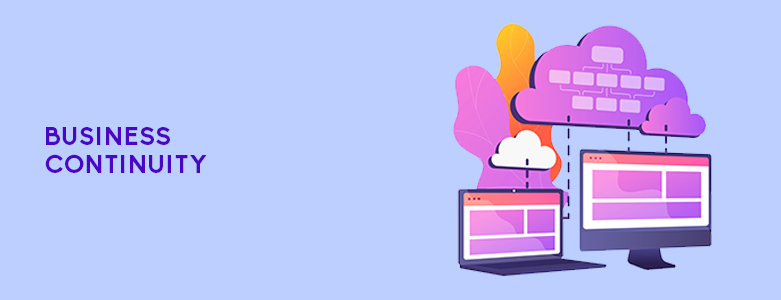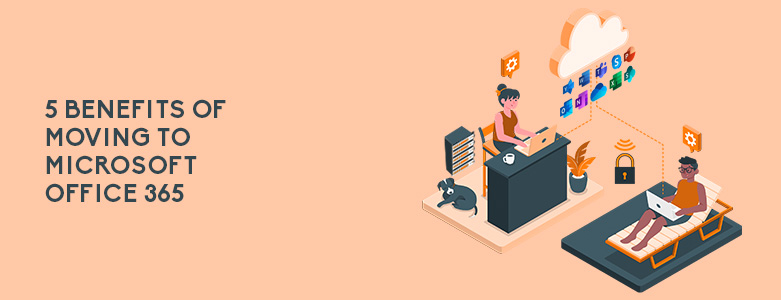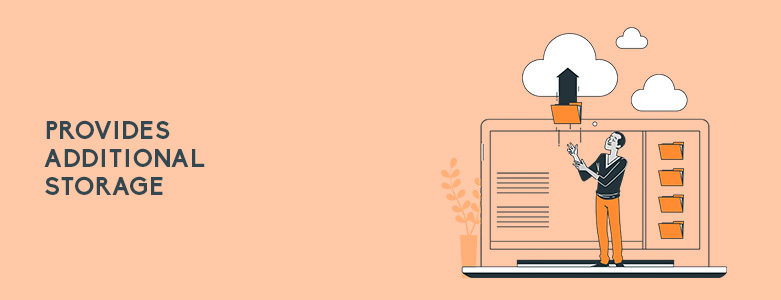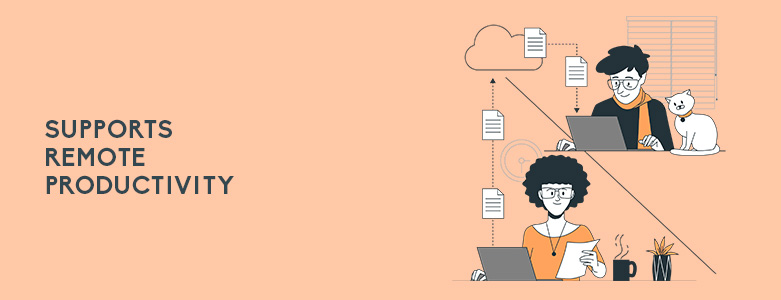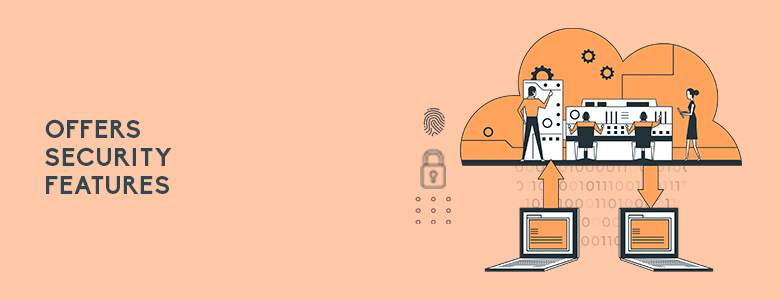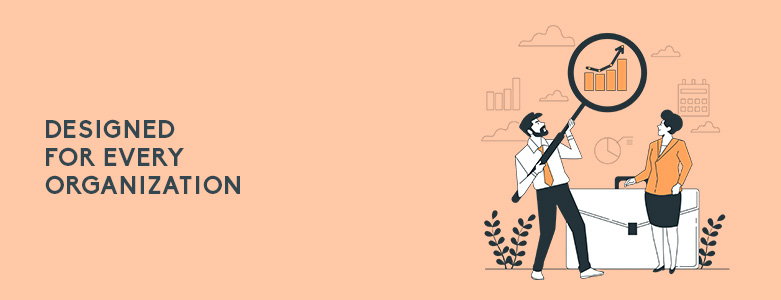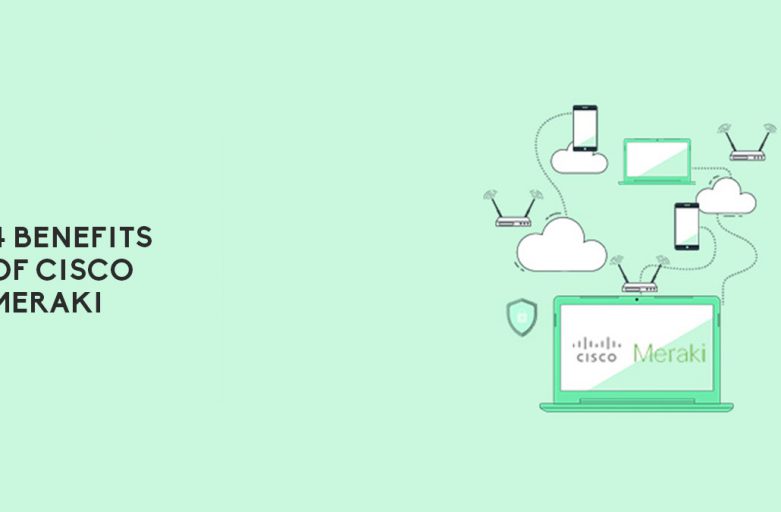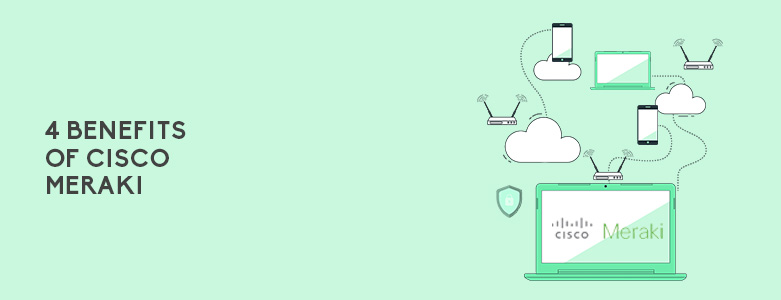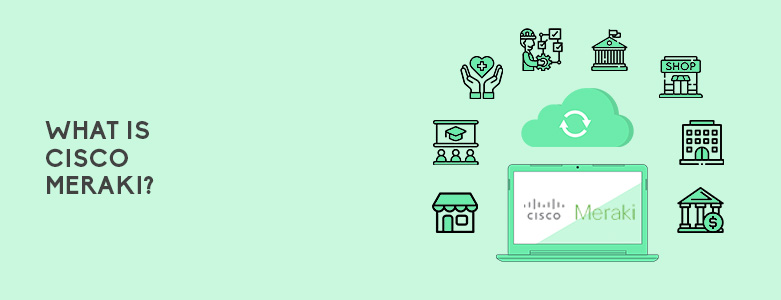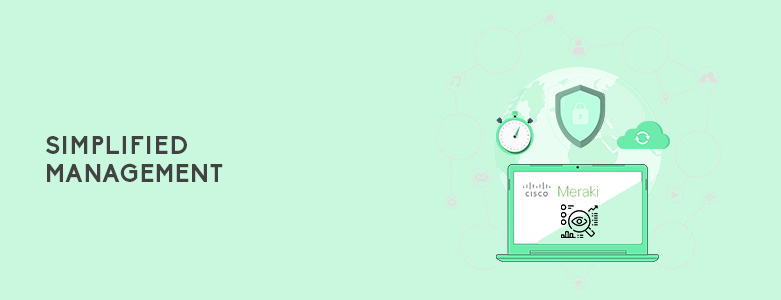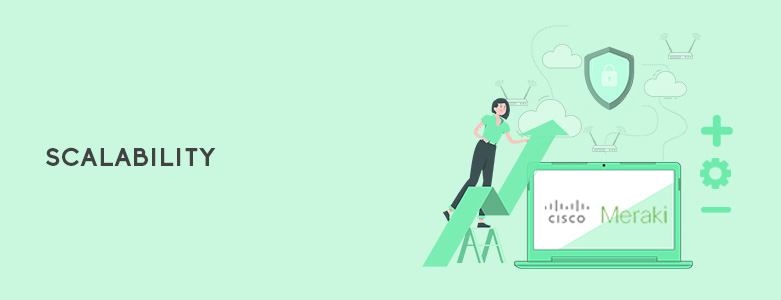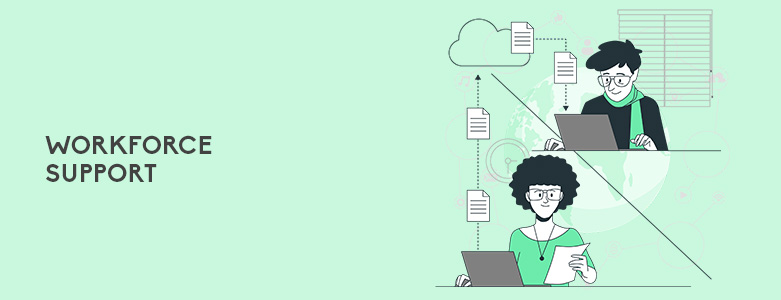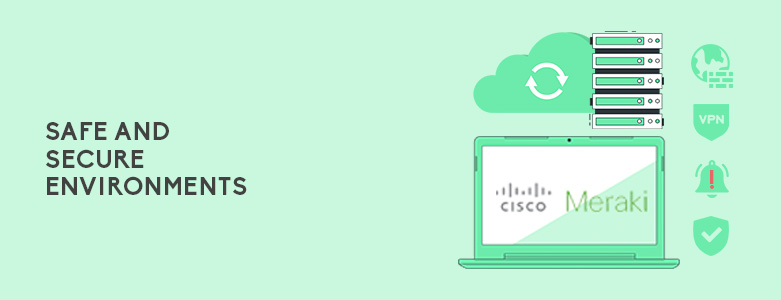What are the ways to prevent data loss in your company?
- Securing endpoint devices
- Utilizing Rights Management Solutions
- Implementing Zero-Trust Security
- Investing in Backup and Disaster Recovery
- Using Next-Generation Firewalls
From disturbing operations, losing sales, and causing downtimes—data loss affects organizations in multiple ways. That’s why one of your priorities is to protect and back up your data. This can be done by securing endpoint devices, using firewalls, investing in disaster recovery plans, and more. Read on to learn more about the ways to prevent data loss in your company.
Securing Endpoint Devices
Whether it’s an office desktop or a remote laptop — work devices used by your employees are indispensable tools for their job. But they also serve as potential sources of data theft and loss. These devices could be accidentally lost, stolen, or compromised by malware. One click on an illegitimate URL or the presence of a malicious insider can jeopardize your data.
This is why securing endpoint devices is vital. One way to do this is by using Citrix Endpoint Management. It helps keep sensitive data away from unauthorized devices. It also has security controls based on device, location, role, and context. With endpoint management, multi-factor authentication can also be enabled before accessing different applications. In this way, user identity is verified in multiple ways to add another layer of security to your data.
Other than that, your IT team can also stay ahead of high-risk activities by taking advantage of Citrix Analytics. This can provide user behavior analytics that can detect suspicious activities and stop malicious insiders.
Another option is Microsoft Intune, which focuses on mobile device and mobile application management. This is applicable to bring-your-own devices (BYOD) and organization-owned devices. You can control how the devices are used, or how your company’s data is protected in personal devices. With this solution, you can see which devices are accessing your company data, remove all the data if the device is stolen, and see reports on users that are not compliant with your policies. Intune can be used with Microsoft 365 products and can be integrated with Azure Information Protection.
Utilizing Rights Management Solutions
Another effective way to protect your data is to utilize rights management solutions. These can control who has access to your company data, so only authorized individuals will be able to view it.
One example is Azure Rights Management (RMS), which is used by Azure Information Protection — a data protection solution. This provides encryption, identity, and authorization policies so company data can be protected across devices. This protection still remains even if the data is sent to a third-party. Additionally, it also allows sensitive files to be shared, viewed, and accessed by others safely.
With Azure RMS, you can also monitor what happens to the protected files after sending them. You will be provided with information on when it was opened by authorized persons or if an unauthorized individual tries to open the files.
Implementing Zero-Trust Security
Weak credentials have a higher risk of being stolen by criminals to infiltrate a network and steal data. Remember that it can only take one hacked account to enter your network — especially if it has higher levels of access privilege. This is why zero-trust security should be a part of your strategies to prevent data breaches.
By implementing zero-trust security, you can minimize the chances of an insider compromising your data. This is done through multi-factor authentication so you can verify every user, service, and machine that is requesting access to your company information. This is adapted to the risk context so a request coming from a potentially risky location will need to go through a higher level of verification before being granted access.
In addition to that, not everyone will be allowed to go to certain areas in your network unless they’re approved. You only need to grant the least privilege needed for the task or the role, so you can reduce the cyber attack surface and stop the spread of malware from the area of attack if it occurs. If you need Zero Trust Security as a service, CT Link can help you integrate, monitor, and maintain it.
Investing In Backup And Disaster Recovery
From accidental deletions, hardware failure, or a natural disaster — data can be lost in a variety of ways. Without a dedicated recovery plan, your organization might experience downtime, financial losses, and a negative effect on your reputation.
To protect your data, it is beneficial to have a backup and disaster recovery system in place. This allows you to bounce back quickly so you can regain your losses and continue your business operations.
One of the most convenient ways you can protect your data is by subscribing to a backup as a service (BaaS). Through this, you will have access to manpower and resources to keep your backup system up-to-date and effective. It also allows you to recover quickly from data loss so you can keep your business up and running in no time.
If you’re looking for backup managed services, CT Link can help you. They will assist your team from start to finish so you can better protect your data. They will help you identify the data you need to protect, establish a strategy for recovery, deploy the backup infrastructure, monitor the backup solution, manage and resolve any issues found, and document all actions that are taken.
Using Next-Generation Firewalls
Data loss can occur due to malware. That’s why one of the most important steps to protect your sensitive data from these viruses is through Next-Generation Firewall (NGFW).
Just like a traditional firewall, an NGFW helps secure connections between the network and the internet. It provides administrators the ability to allow or block traffic based on a set of rules. But compared to the former, it offers additional layers of protection — such as application-level inspection, advanced intrusion protection, and cloud-delivered intelligence.
An NGFW can help prevent breaches so you can keep your company data safe. But aside from prevention, it also helps to quickly detect the presence of advanced malware if it penetrates your defenses. An NGFW is part of the Zero Trust Network design, which is a strategy that companies use to prevent data breaches through the concept “never trust, always verify”.
Key Takeaway
Data loss can lead to financial damages, low productivity, expensive downtime, and a loss of reputation. With threats from cyberattacks and insiders ever-present, you need to strategize so you can prevent the loss of critical data. This can be done by securing endpoint devices, utilizing rights management solutions, using NGFWs, implementing zero-trust security, investing in backup and disaster recovery, and more.
If you’re interested in more ways to prevent data loss in your company, you can send a message here! CT Link can help you find and implement the solution that your organization needs to protect your data.
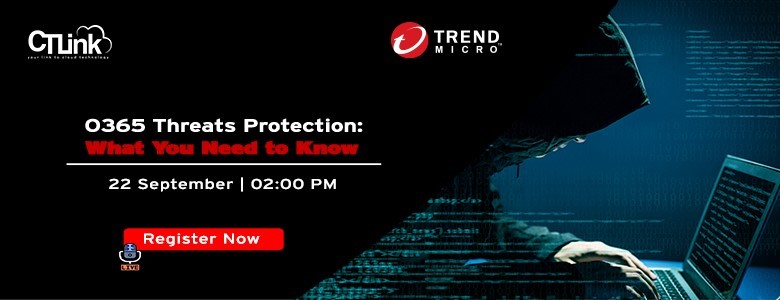

![O365 Threats Protection: What you Need to Know [Exclusive Webinar] O365 Threats Protection: What you Need to Know [Exclusive Webinar]](/wp-content/uploads/2021/09/MicrosoftTeams-image-31-781x512.jpg)





